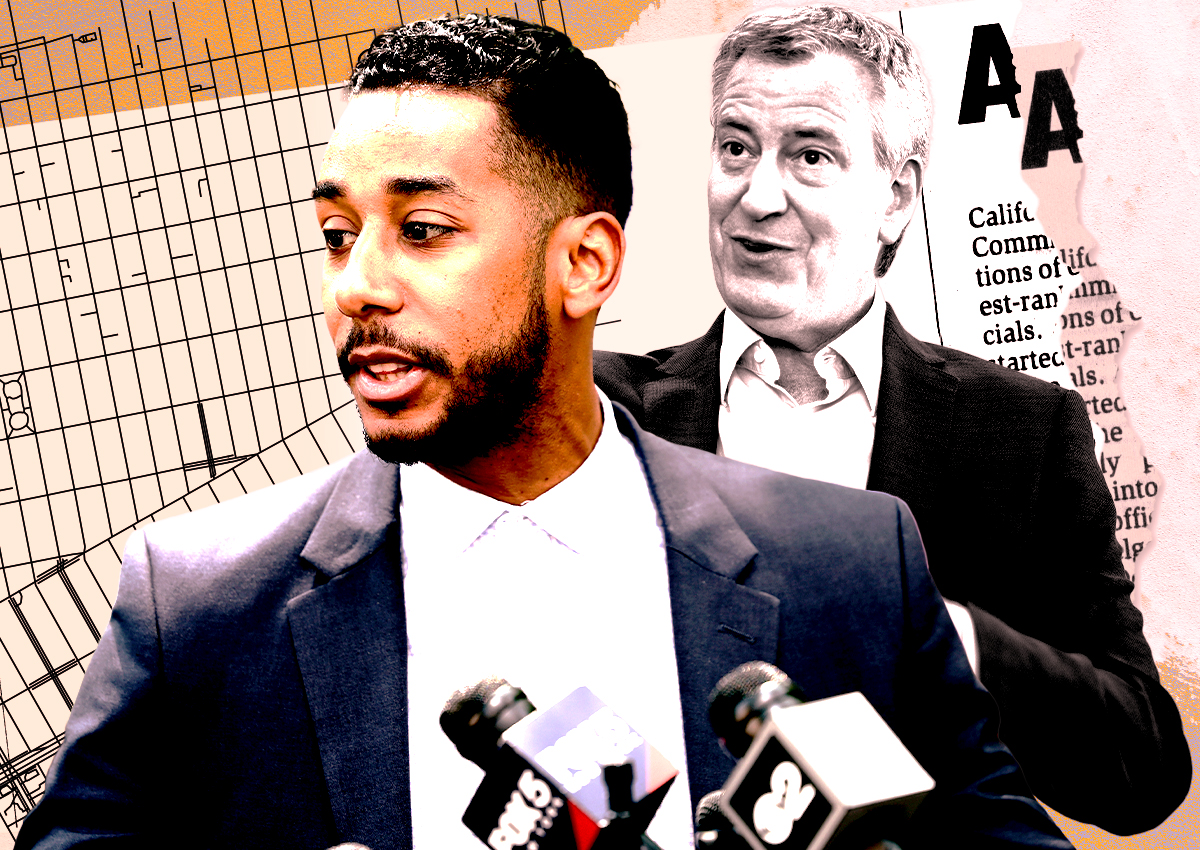Can Homebuyers Handle the Housing Market’s Latest Cruel Twist?
Home prices are continuing to fall from record highs over the summer. But before buyers break out the Champagne to celebrate, the cruel twist in this story is that despite lower prices, buying a home has become even more expensive for most folks.
In September, the national median price for a home was $427,000—down 4.9% from an all-time high of $449,000 in June, according to a recent Realtor.com® report.
While that might seem rosy for buyers, home prices were still about 13.9% higher than they were last September, although price growth (which is how much prices are rising) has been slowing down in recent months. And mortgage interest rates have surged, pushing the cost of buying a home even higher.
“Buyers are getting a seasonal break in pricing,” says Realtor.com Chief Economist Danielle Hale. The last week in September, in particular, is the best time of the year for homebuyers. However, “especially with mortgage rates going up, it may not feel like you’re getting a deal.”
This week, mortgage interest rates cracked 7% for a 30-year fixed-rate loan—well over double the 2.9% they were a year earlier, according to Freddie Mac.
As a result of these rising rates, as well as high home prices, today’s homebuyers will pay about 80% more in their monthly mortgage payments than if they’d bought last September. Many first-time and other would-be buyers have been priced out of homeownership entirely.
“It makes the difference for a lot of people in going ahead with a home purchase now—or not being able to buy,” says Hale.
Since some buyers can no longer qualify for loans and others have thrown up their hands and given up, there are fewer buyers in the market competing for homes and driving prices up even further. That’s helped price growth to slow and allowed buyers to bring back contingencies such as requiring home inspections and to negotiate with sellers and builders on purchases.
“The market is moving in a buyer-friendly direction, but [it] still has a long way to go,” says Hale.
More homes are for sale, but not many new ones are being listed
As higher mortgage rates have thinned out the competition for homes, properties are now sitting on the market longer. That’s led to a 26.9% increase in inventory in September, roughly 155,000 more homes for sale compared with a year ago.
However, that doesn’t mean buyers will have an easier time finding a property. The housing shortage, which caused home prices to spike, isn’t even close to being filled. The nation still has 42.6% fewer homes for sale than in 2019—when the housing crunch was already in full force with more buyers than sellers. And it doesn’t look like the situation will get much better anytime soon.
Builders spooked by the shift in the market are slowing down construction. And sellers have been reluctant to put their homes on the market now that they can no longer name their price and are being forced to make concessions, even coming down in price. The number of new listings dropped 9.8% year over year.
In much of the country, bidding wars have dried up or have gone from double-digit numbers of offers to just a handful. Instead of receiving wild offers over the asking price, about 19.5% of sellers cut the price of their home in September.
These days, homes aren’t selling the minute a “For Sale” goes up in the yard, either. In September, listings lingered for a median of 50 days—7 days longer than this same month last year, but about 18 days shorter than before the COVID-19 pandemic.
“Most sellers are trying to buy a home, so they’re dealing with the same challenges buyers are facing, which are higher prices, higher mortgage rates. It’s harder to make the math work,” says Hale. “Sellers may not see multiple offers and offers above asking price. It may take them longer to sell a home.”
Home prices continue to soar in Miami
Real estate prices continued to shoot up in Florida. The state emerged as a housing hot spot during the pandemic, attracting retirees, remote workers, as well as those looking to leave more expensive parts of the country.
Home prices in Miami increased the most among the nation’s 50 largest metropolitan areas in September. They jumped 28.3% year over year, to a median list price of $599,000. Meanwhile, home prices were up 18.2% in Orlando and 17.2% in Tampa. (Metros include the main city and surrounding towns, suburbs, and smaller urban areas.)
However, it wasn’t just Florida that experienced steep price increases. In Memphis, TN, prices rose 27.3%, to $316,000, followed by Milwaukee, where prices increased 27%, to $355,000. Rounding out the top five metros with the largest annual price increases were Kansas City, MO, at 20.9%, to $388,000, and Nashville, TN, at 18.6%, to $529,000.
That’s hurting buyers struggling with higher rents, soaring inflation, and mortgage rates that keep climbing.
“Right now, home prices and mortgage rates are going up faster than incomes can keep up. The tough thing is I don’t see a big change coming,” says Hale. “I don’t think we’re going to see big declines in home prices. I think we’re going to see slower home price growth or more modest declines.”
___
Watch: 4 (Mostly) Bright New Realities of Buying a Home Today



